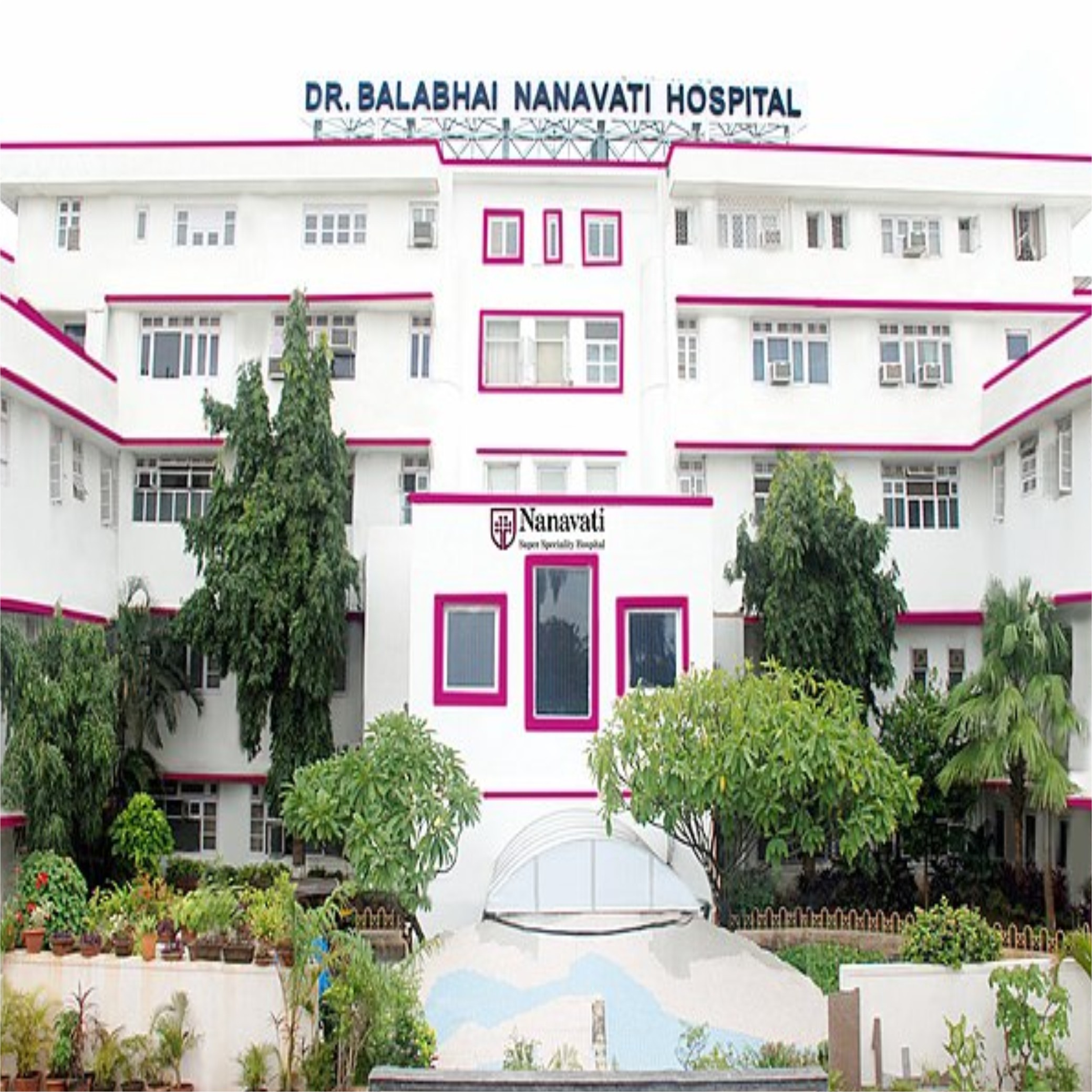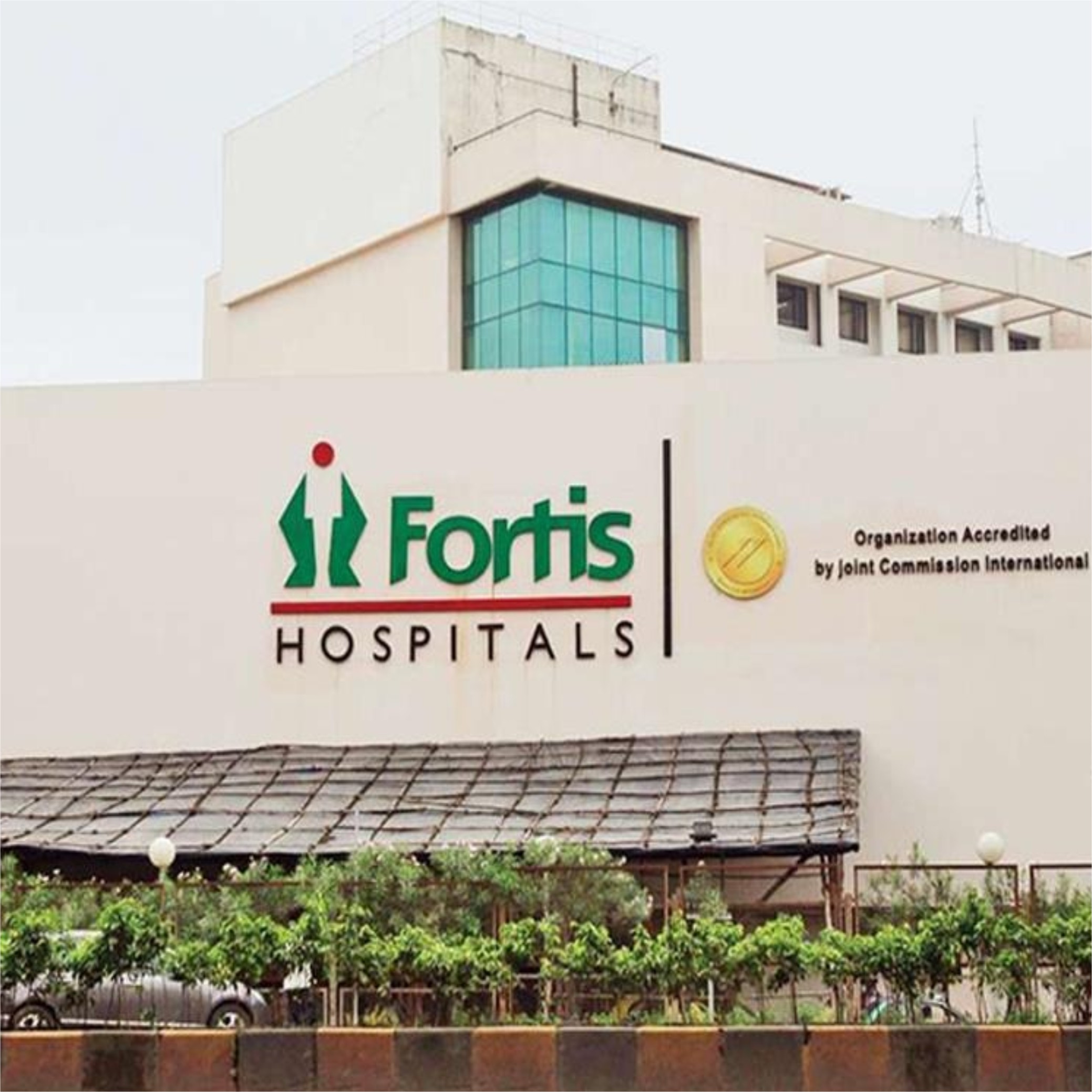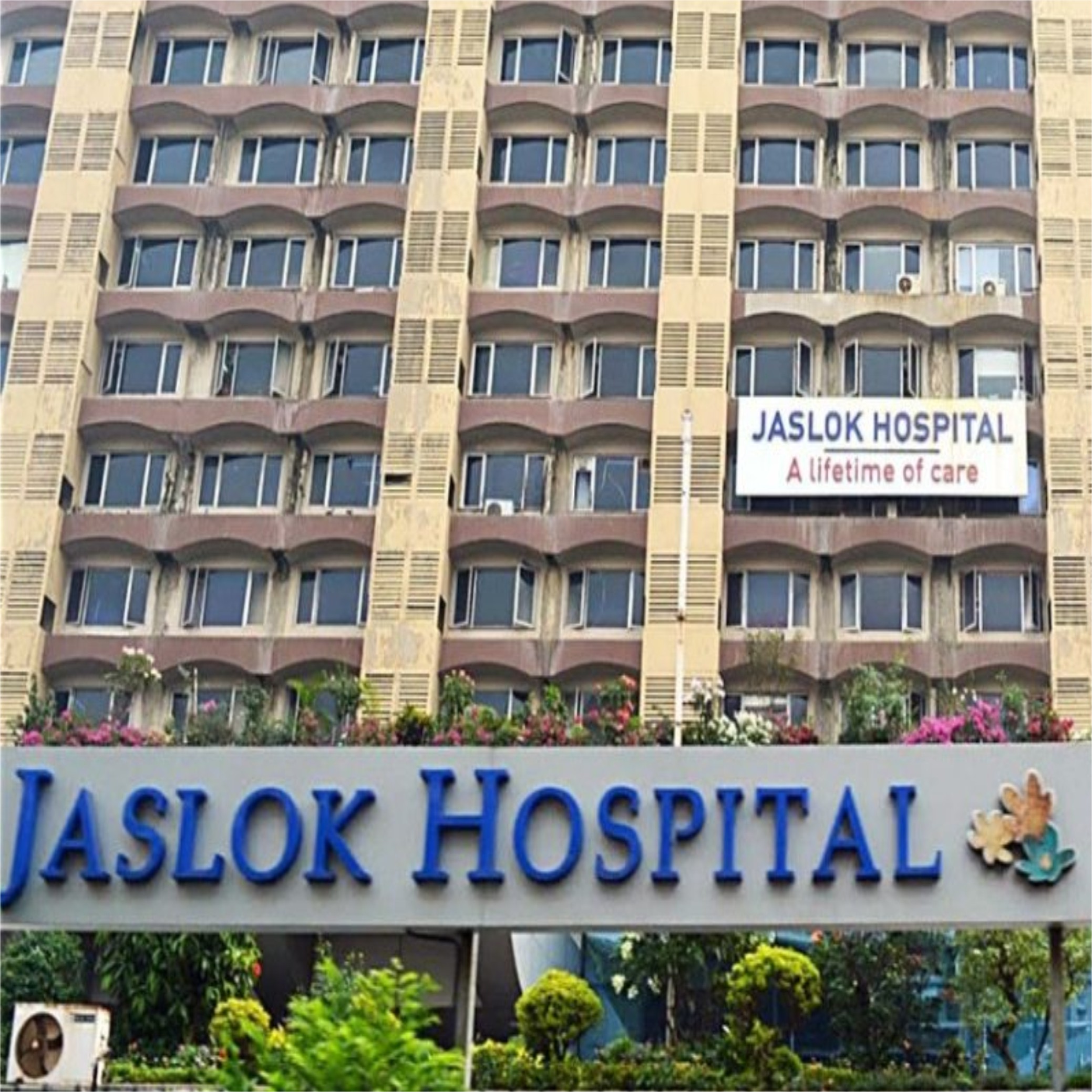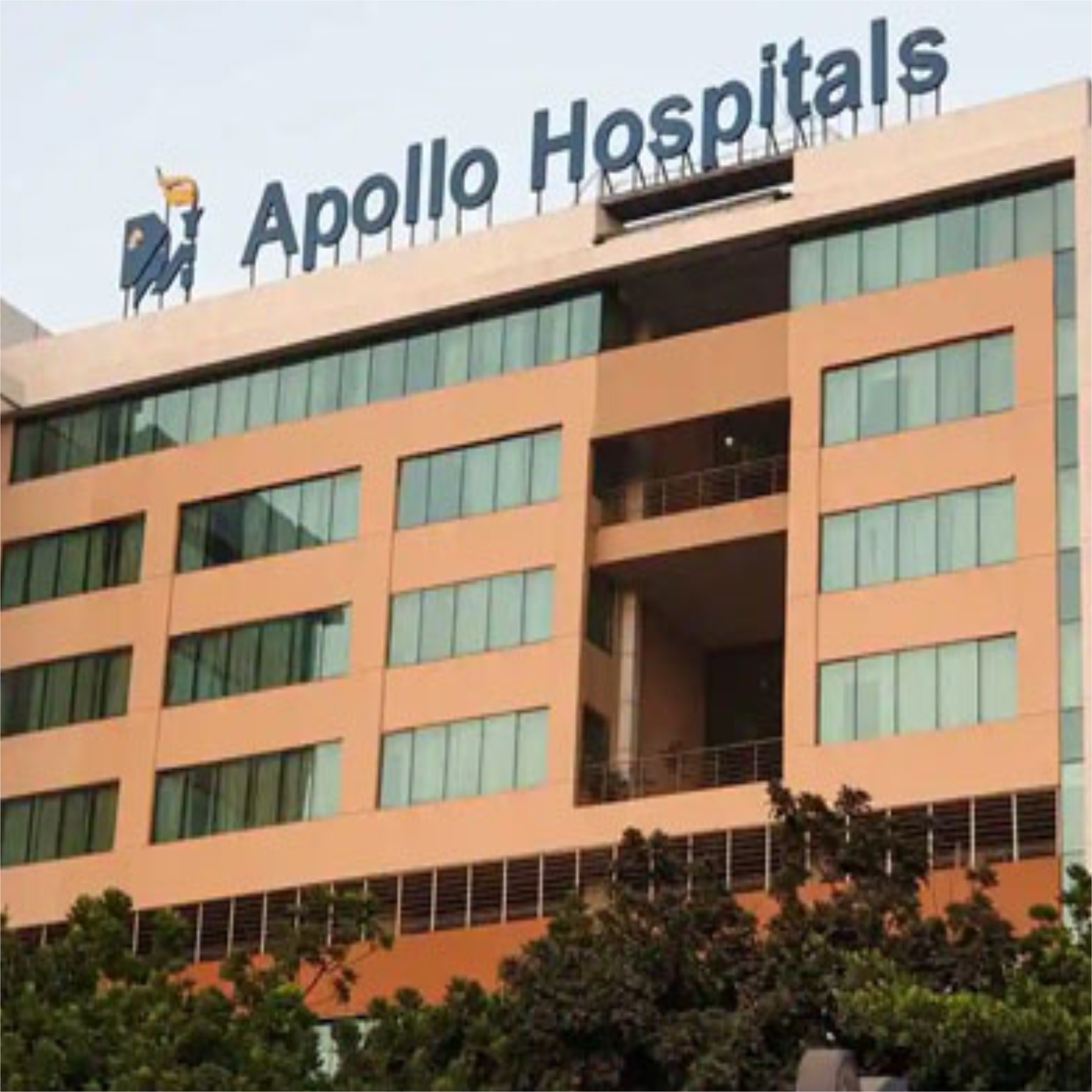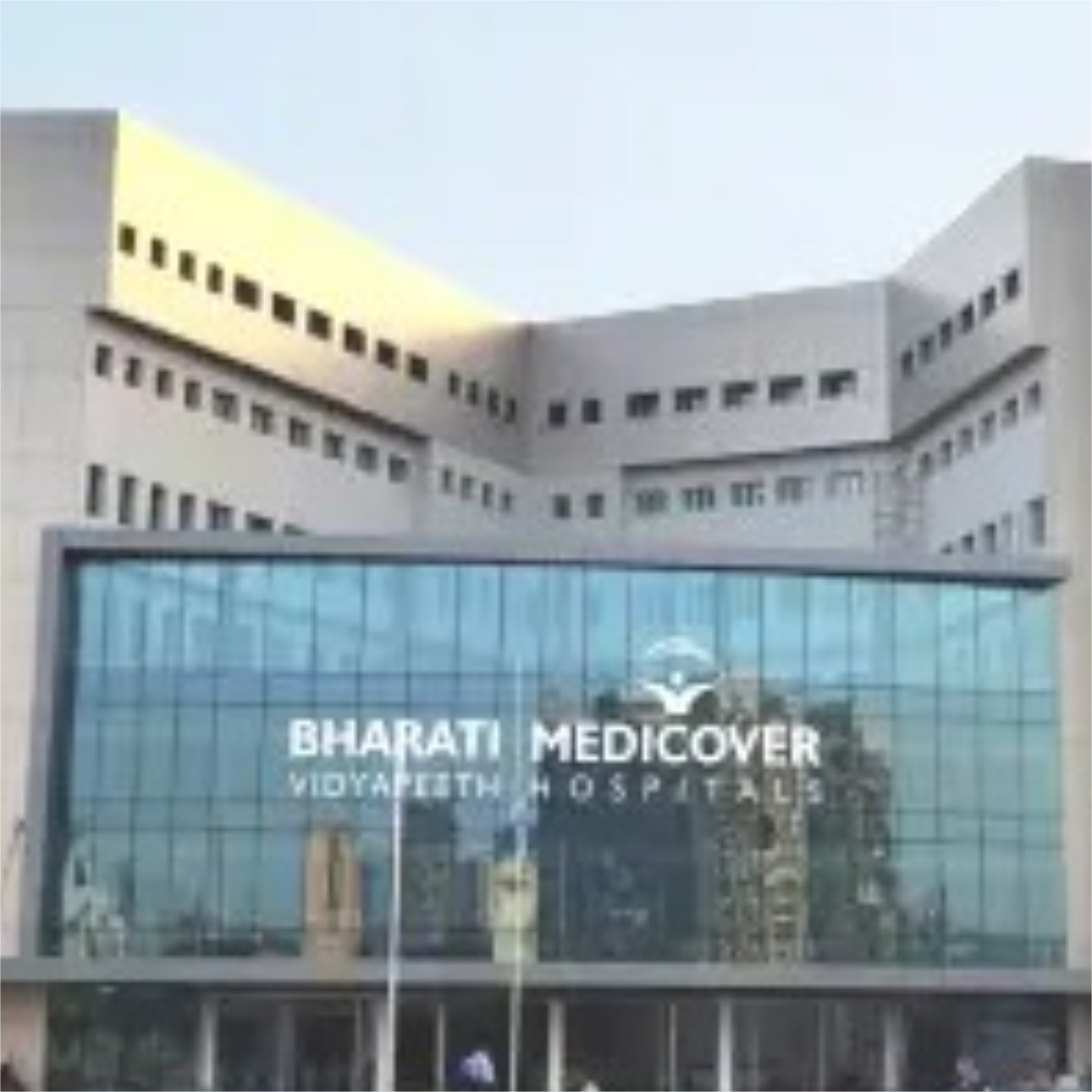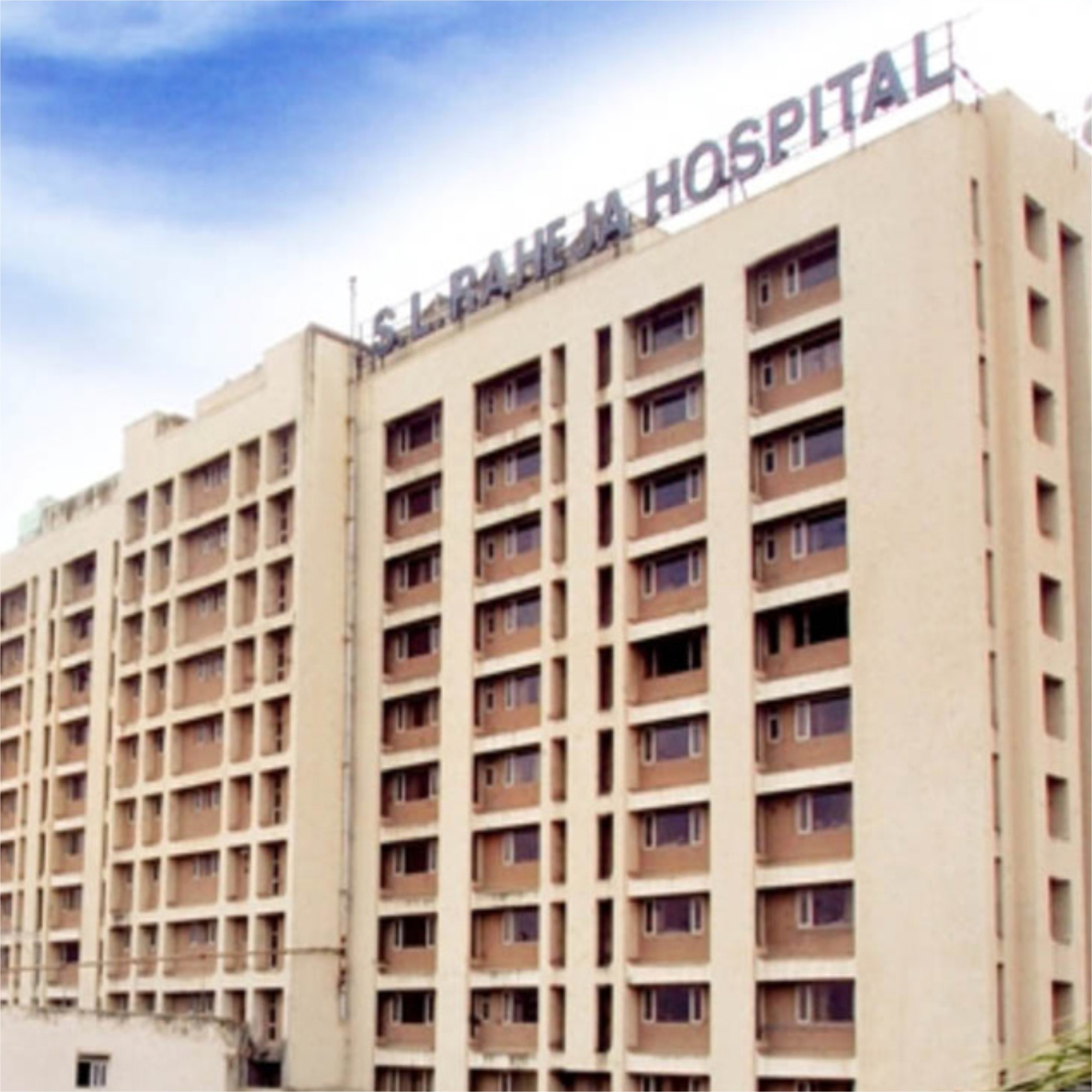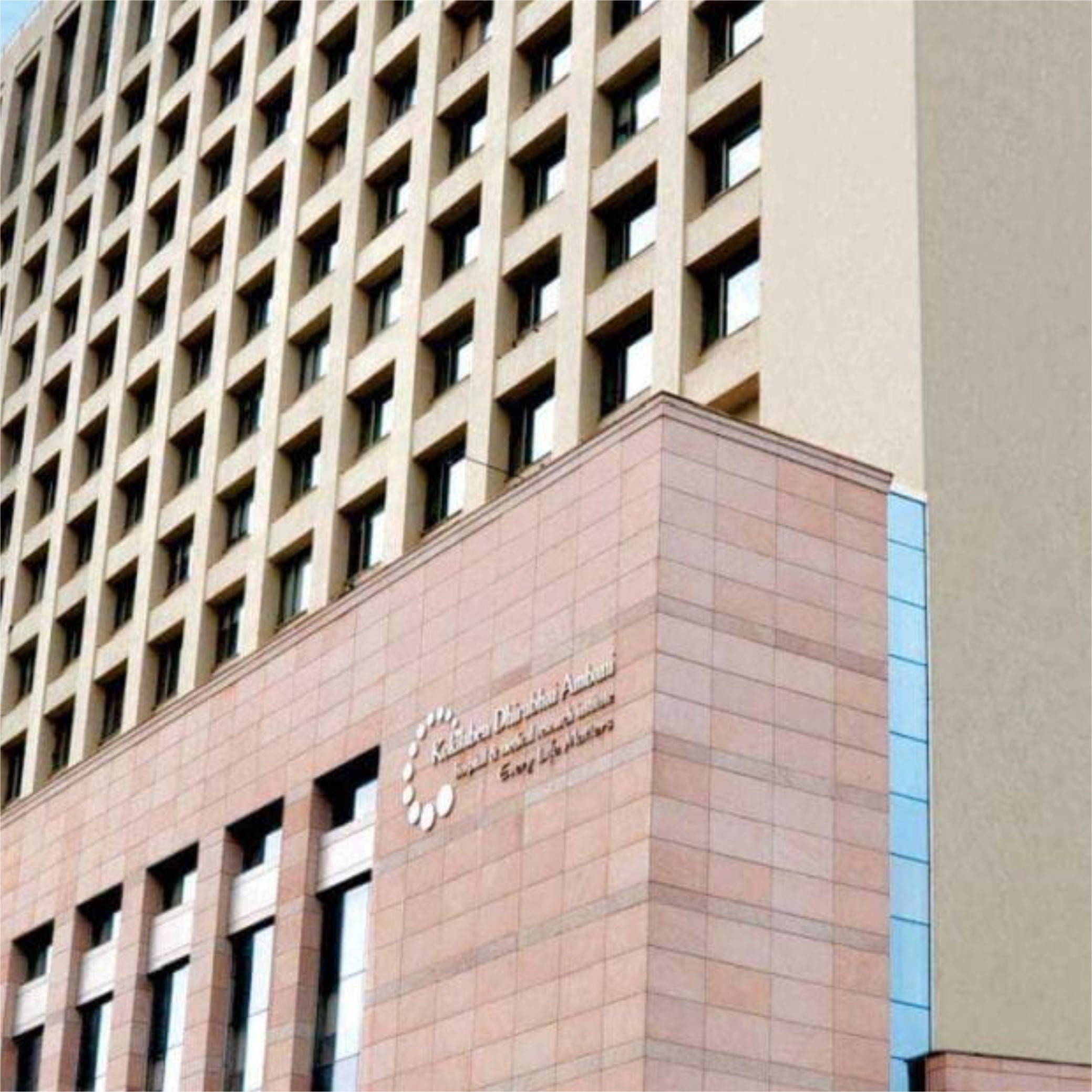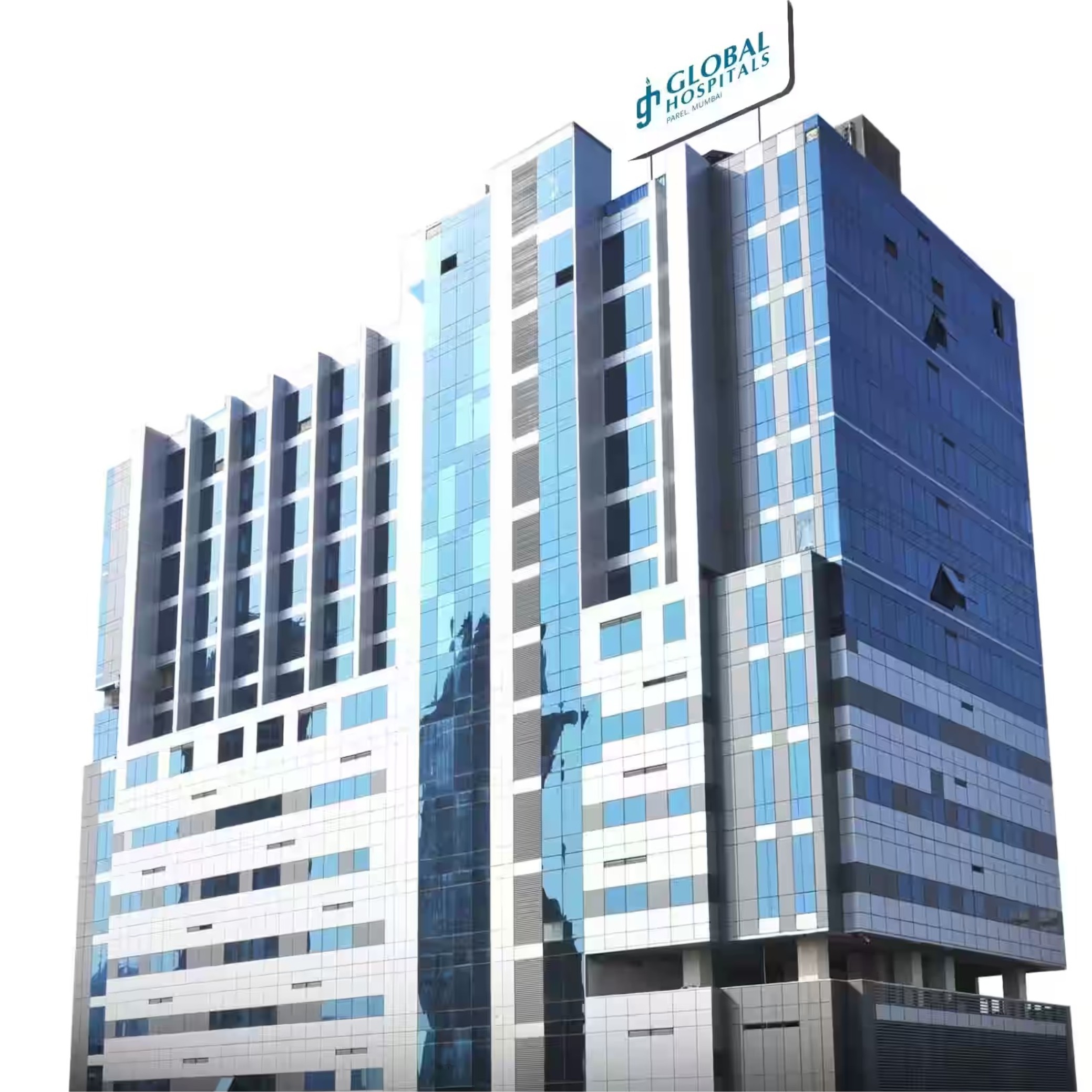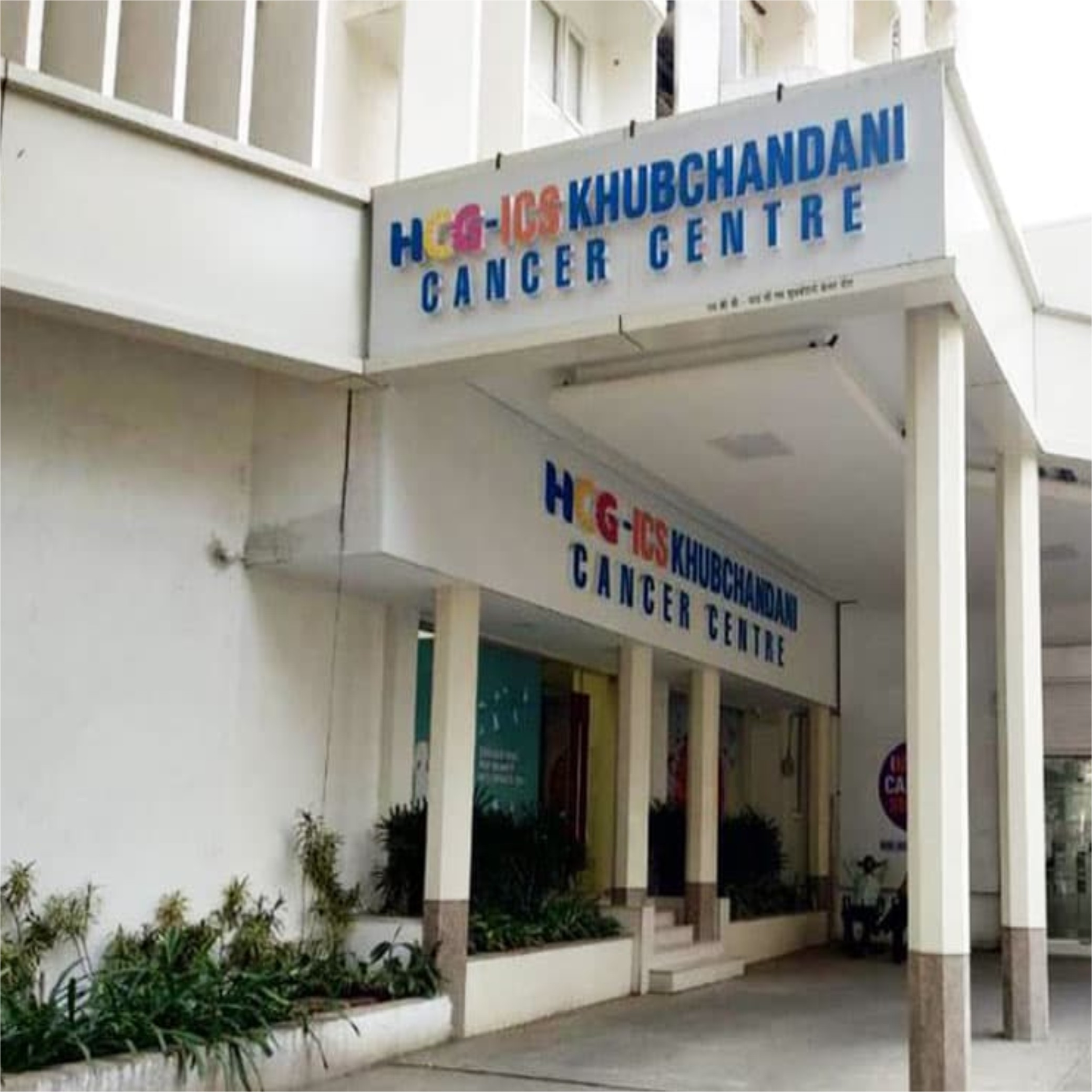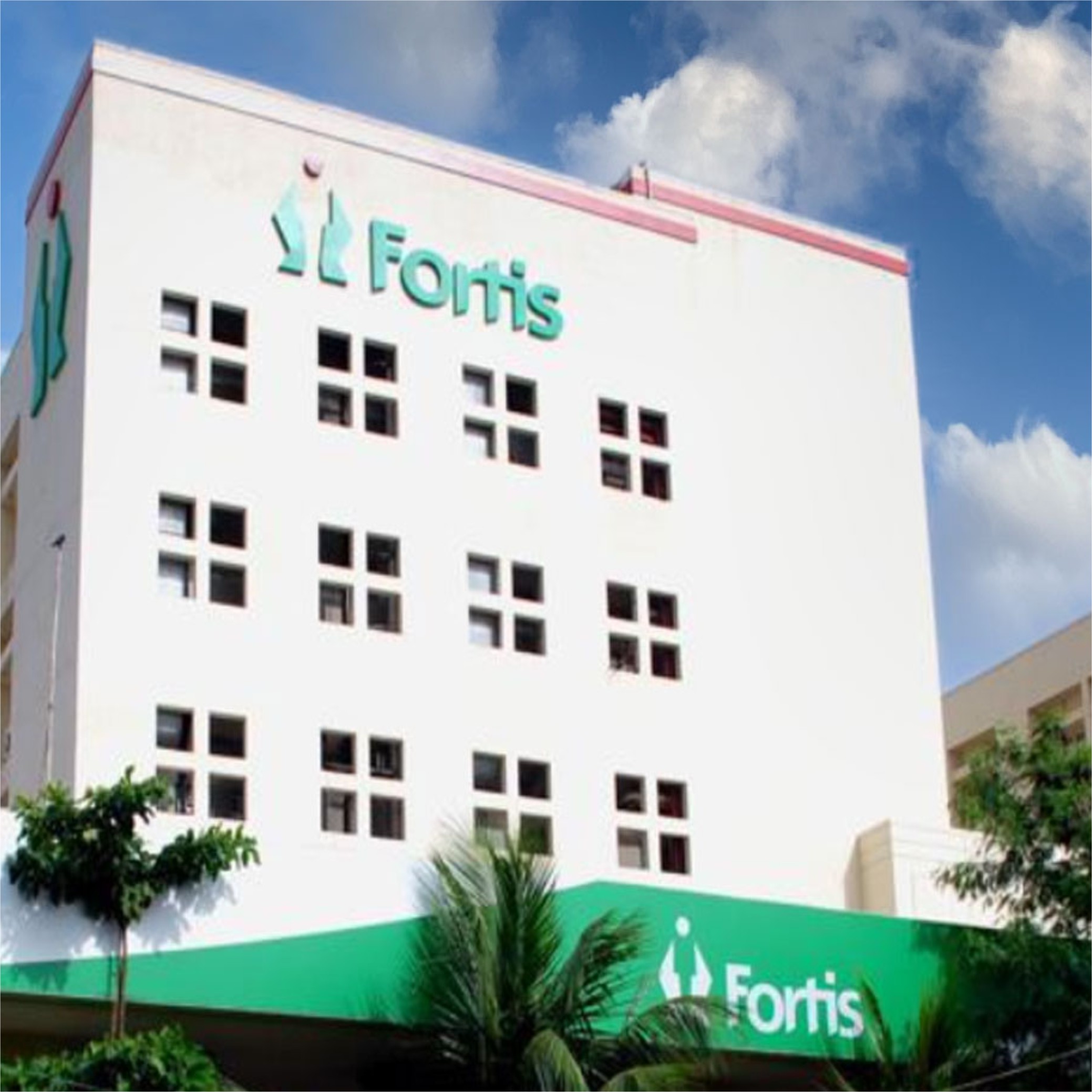Exploring Turbt Surgery: Transformative Bladder Care
In the journey to better health, Turbt surgery stands as a guiding light, illuminating the path to renewed well-being.
Bladder tumors affect millions of individuals worldwide, impacting lives in various ways.
Recent statistics illuminate the scope of this health concern, revealing that bladder cancer stands as the sixth most common cancer worldwide.
Each passing year witnesses thousands of new cases, an alarming reality that underscores the urgency of understanding, addressing, and navigating the complexities surrounding Turbt surgery—one of the most important techniques for the diagnosis and treatment of bladder cancers.
Let’s step into the story of Alex, a person facing health challenges.
Alex and the medical professionals at MedicoExpert developed a close relationship, which laid the groundwork for an incredible recovery journey. This is the narrative of how they did it.
Alex is a middle-aged individual facing unexpected health challenges. Persistent urinary issues and discomfort led Alex to seek medical advice, and after a series of tests, a diagnosis of bladder tumors emerged. The situation overwhelmed Alex with uncertainty as he processed the news.


In search of a comprehensive solution, Alex reached out to MedicoExpert, a renowned healthcare team known for their expertise in urological conditions. From the initial consultation, the MedicoExpert team demonstrated a commitment to clear communication, empathy, and patient-centered care.
The experts at MedicoExpert took the time to explain the diagnosis in detail, outlining the nature of the bladder tumors and the available treatment options. Alex felt empowered with knowledge and understanding of both the challenges and potential solutions.
Based on a thorough assessment, the MedicoExpert team crafted a personalized treatment plan tailored to Alex’s unique needs. The plan included a Transurethral Resection of Bladder Tumor (TURBT) as a crucial step in both diagnosing and treating the condition. The team walked Alex through the procedure, addressing concerns and ensuring full comprehension.
Leading up to the Turbt, the MedicoExpert team provided clear instructions on pre-operative preparations, ensuring a smooth and stress-free experience. The comprehensive guidance included information about fasting, medication management, and what to expect before, during, and after the procedure.
The MedicoExpert surgical team, equipped with the latest medical technology, executed the procedure with precision. Alex received attentive care throughout.
The recovery process was explained in detail, from catheter use to managing potential discomfort.
As the weeks passed, Alex experienced a transformation. The Turbt, coupled with the personalized care from MedicoExpert, led to a successful outcome.
The tumors were effectively treated, and follow-up tests showed promising results. Alex’s quality of life improved, and the once daunting health challenges became manageable.
This story is a testament to the impactful work of healthcare professionals at MedicoExpert, showcasing the difference that personalized, patient-centric care can make in transforming lives.
Let’s now move ahead and simplify Turbt surgery and give you the knowledge needed to make informed health decisions.
This article in the blog is intended to offer you with a clear understanding of what Turbt surgery entails, why it’s performed, and what you can expect during and after the procedure.

What is Turbt Surgery?
When it comes to diagnosing and treating bladder tumors, TURBT surgery is a minimally invasive treatment that is performed.
But what exactly does it involve? Let’s break it down.
Turbt surgery is primarily performed to remove abnormal growths, known as tumors, from the bladder lining.
Unlike traditional open surgeries, Turbt is minimally invasive, involving a small instrument called a resectoscope.
Turbt serves a dual purpose – it allows doctors to diagnose the tumor’s nature and treat it during the same procedure.
A diagnosis of this type of cancer is four times more likely to occur in men than in women.
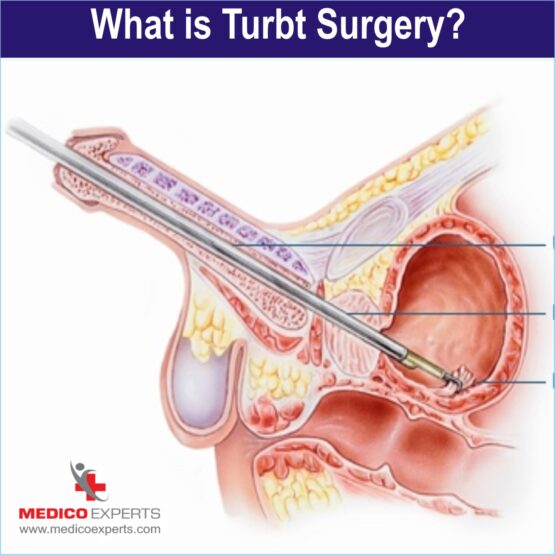
How is Turbt Surgery Performed?
Before we delve into the intricacies of Turbt surgery, let’s understand why this procedure is vital for the diagnosis and treatment of bladder tumors.
Transurethral Resection of Bladder Tumor (Turbt) is a crucial procedure for several reasons.
When abnormal growths, known as tumors, develop in the bladder lining, they can pose significant health risks. Turbt serves a dual purpose in diagnosing the nature of these tumors and treating them during the same procedure.
Now, let’s explore the step-by-step process of how Turbt Surgery is performed:
Before the procedure, patients are usually administered spinal or general anesthesia.
During the operation, you will be able to relax and have no discomfort.
A resectoscope, a slender tube with a light and a camera on its end is inserted through the urethra into the bladder.
This allows the surgeon to visualize the interior of the bladder on a monitor.
Using specialized tools attached to the resectoscope, the surgeon carefully removes the tumor or tumors from the bladder lining.
This step is crucial in eliminating the abnormal growths that may be causing symptoms or posing a risk of developing cancer.
In addition to tumor removal, the surgeon may take tissue samples (biopsy) for further examination.
These samples help in determining whether the tumor is cancerous or benign, guiding the next steps in the treatment plan.
The importance of Turbt empowers individuals to actively participate in their healthcare journey and make informed decisions about their treatment options.
Why is Turbt Surgery Necessary?
Understanding why Turbt surgery is necessary is crucial in navigating your medical journey.
Let’s delve into the reasons behind opting for Turbt.
Diagnosing Bladder Cancer
Turbt is a common diagnostic tool for bladder cancer, helping doctors identify the type and extent of the disease.
Without this diagnostic clarity, the progression of bladder cancer may go unnoticed, allowing it to advance to more advanced stages.
Treating Non-Cancerous Growths
Even in cases where bladder tumors are non-cancerous, avoiding Turbt surgery can have adverse effects.
Non-cancerous growths, if left untreated, may increase in size, causing a range of symptoms such as pain, bleeding, and other urinary problems.
While these tumors may not pose an immediate threat of cancer, they can still impact life and lead to complications over time.

How to Prepare for Turbt Surgery?
Preparing for Turbt surgery involves a few essential steps to ensure a smooth and successful procedure.
To ensure a smooth Turbt procedure, adequate preparation is essential.
Typically, patients are required to abstain from eating and drinking the night before any procedure involving anesthesia.
It is crucial to follow these guidelines to promote a safe and effective Turbt.
Make sure that your healthcare practitioner is aware of all of the prescriptions that you are currently taking, including any supplements or over-the-counter medications.
It’s important to follow your provider’s guidance regarding the use of medications, such as blood thinners, and not make any changes without consultation.
Take a bath or shower before the procedure, avoiding lotions, perfumes, or deodorants afterward.
Maintaining personal hygiene is crucial for infection prevention during the Turbt.
Be sure to wear comfortable clothing on the day of the surgery.
Leave valuables like money, credit cards, and jewelry at home to avoid any complications during the process.
Bring identification with you, but it’s advised to leave valuables at home. Additionally, arrange for someone to accompany you who can drive you home.
Due to the effects of anesthesia and pain medication, driving yourself home may not be safe.
By adhering to these preparatory steps, patients can contribute to a safer and more effective TURBT experience, ensuring optimal conditions for both diagnosis and treatment of early-stage bladder cancer.
What Are The Risks and Complications of TURBT Surgery?
While Turbt surgery is generally considered safe and effective, like any medical procedure, it comes with potential risks and complications.
It’s crucial to be aware of the below factors to make informed decisions about your healthcare journey.
Common Risks Associated with Turbt Surgery:
It’s normal to experience some bleeding after Turbt, given the nature of the procedure.
In extremely rare instances, however, significant bleeding can result in the need for medical intervention.
Infections can be a potential risk, especially if a catheter is used during or after the surgery.
While infections are generally treatable with antibiotics, vigilance is necessary.
Turbt may lead to temporary or, in rare cases, persistent urinary issues.
This can include difficulties in urination, frequency, or urgency. Most of these issues tend to be resolved with time.
Individuals may have varying reactions to anesthesia, ranging from mild discomfort to more severe complications.
It’s essential to disclose any known allergies or adverse reactions to anesthesia to your healthcare team.
While rare, there is a chance that the surgeon may not completely remove the entire tumor during Turbt.
This could necessitate further procedures or treatments.
While understanding the potential risks and complications of Turbt surgery is essential, it’s equally important to note that these occurrences are relatively rare.
Proper pre-operative preparation, adherence to post-operative instructions, and regular follow-ups with your healthcare team can minimize the likelihood of complications.
What can someone expect after having a Turbt Surgery?
Embarking on the journey of recovery after Transurethral Resection of Bladder Tumor (TURBT) brings with it certain expectations and considerations.
Let’s explore what you can anticipate as you move forward in your post-TURBT recovery:
After your Turbt surgery, a temporary catheter will be inserted into the bladder to assist in the drainage of urine.
It’s normal to observe some blood in the urine initially. This happens a lot and should slowly stop happening.
Staying well-hydrated is encouraged to help flush out the bladder, reducing the risk of infections and supporting a smoother recovery.
The catheter will be removed when there is no longer visible blood in the urine or upon your discharge from the healthcare facility.
You may experience some discomfort during urination initially, which is typically temporary and expected to improve with time.
Turbt is often conducted as an outpatient procedure, allowing you to return home on the same day. However, an overnight stay might be recommended in specific cases.
Expect to return to your regular activities within a few days post-Turbt. Be sure to follow any specific instructions provided by your healthcare team for a smoother recovery.
Regular follow-up checkups will be scheduled to monitor your recovery progress and check for any signs of cancer recurrence. These checkups are crucial for ongoing care and your overall well-being.
Depending on your case, additional Turbt procedures may be recommended in the future. Your healthcare provider will discuss this with you during follow-up appointments.
In certain situations, healthcare providers might choose to burn off smaller tumors rather than remove them. This can be part of your comprehensive treatment plan.
Any concerns or changes in your condition should be shared with them promptly, ensuring a supportive and effective recovery process.
Conclusion
Understanding Turbt surgery is key to navigating your journey towards better health.
Whether you’re facing a diagnosis of bladder tumors or seeking information for a loved one, being informed empowers you to make decisions aligned with your well-being.
At MedicoExpert, we are here to support you every step of the way. If you have further questions or would like to discuss your specific case, our team of experts is ready to assist. Because your health is important, don’t be afraid to ask for help.
Remember, knowledge is a powerful tool, and by arming yourself with information about Turbt surgery, you are taking an active role in your healthcare journey.
Stay informed, stay healthy!
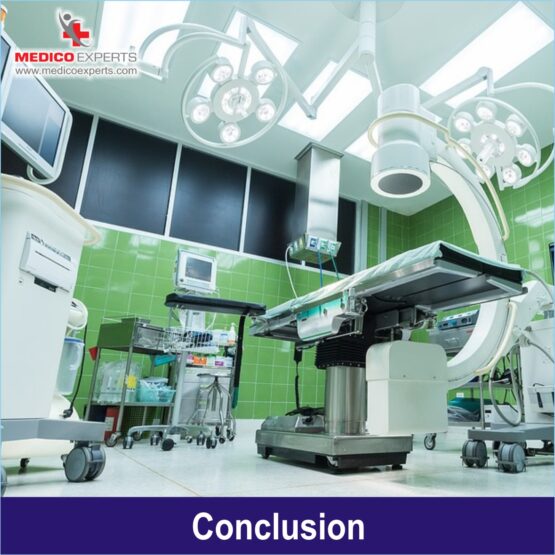
Frequently Asked Questions and patient concerns:
Q1. How long should I expect a Turbt to take?
A. The duration of a Transurethral Resection of Bladder Tumor (Turbt) can vary depending on factors such as the size and complexity of the tumor. Most of the time, it takes one to two hours.
Q2. How long will it take me to recover from a Turbt?
A. The recovery time after a Turbt varies from person to person. In most cases, individuals can resume normal activities within a few days. However, it may take a few weeks for the patient to fully recover.
Q3. Where can I learn more about Turbt?
A. For more information about Transurethral Resection of Bladder Tumor (Turbt) and its various aspects, you can reach out to the expert team at MedicoExpert. We have resources and professionals who can provide detailed insights, answer your questions, and guide you through your journey. Additionally, you can explore reputable medical websites and literature for general information.
Q4. How does Turbt contribute to staging bladder cancer, and what does staging involve?
A. Turbt plays a crucial role in staging bladder cancer by determining if the cancer has invaded the bladder wall. Staging is essential for understanding the severity of the cancer.
Q5. Is Turbt painful, and what pain management options are available?
A. Discomfort is common after Turbt, particularly during urination. Your healthcare team will discuss pain management options, which may include medications or other strategies to ensure your comfort during the recovery process.
Best Doctors for Turbt Surgery
Best Hospitals for Turbt Surgery

MedicoExperts is a Global virtual hospital which is established to offer quality healthcare services at affordable pricing without compromising the success rates of the treatment.
MedicoExperts is having a network of highly experienced super specialist doctors and well equipped hospitals across the globe and offering second opinion through online video consultation and surgical interventions through its empanelled super specialist doctors at its network hospitals in 17 countries from 3 continents.
By the virtue of its approach and model, MedicoExperts is successfully achieve to deliver
- Latest and most advanced treatments with success rates of international benchmarks.
- Multiple cost options depending upon the hospital facilities, with the same doctor.
- Treatment option in multiple cities/state/countries.
- Trust and peace of mind.
Most suitable for patients who are looking for:-
- Planned Surgeries and treatment from most experienced doctors and at multiple cost options as per hospital facilities with best possible outcomes.
- Second Opinion from expert doctors.
- Complex cases involving multi specialities
- International patients looking for treatment from Indian doctors
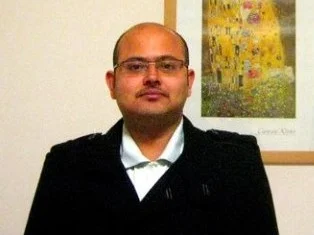
Author Bio:
Dr. Subhamoy Mukherjee – Ph.D. (Oncology)
Dr. Subhamoy Mukherjee is a molecular oncologist with experience of working with genomic profiles. He has several years of experience in scientific writing. He takes strong interest in making people aware of different treatment approches in cancer, acute and chronic diseases. He also has interest in innovative approches for treating different mental and physical illnesses.
Content Medically Reviewed By MedicoExperts Editorial & Clinically Review Board







